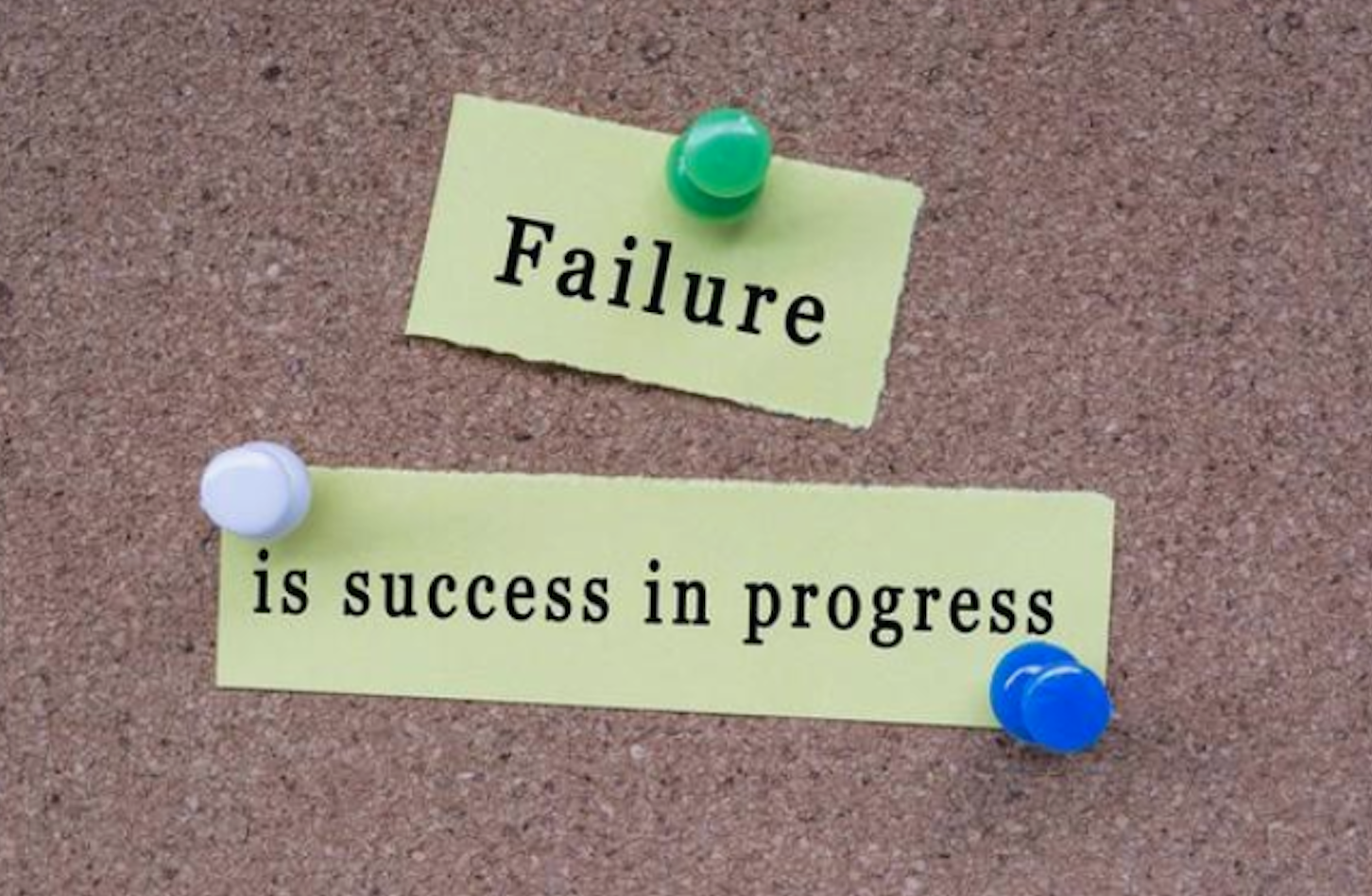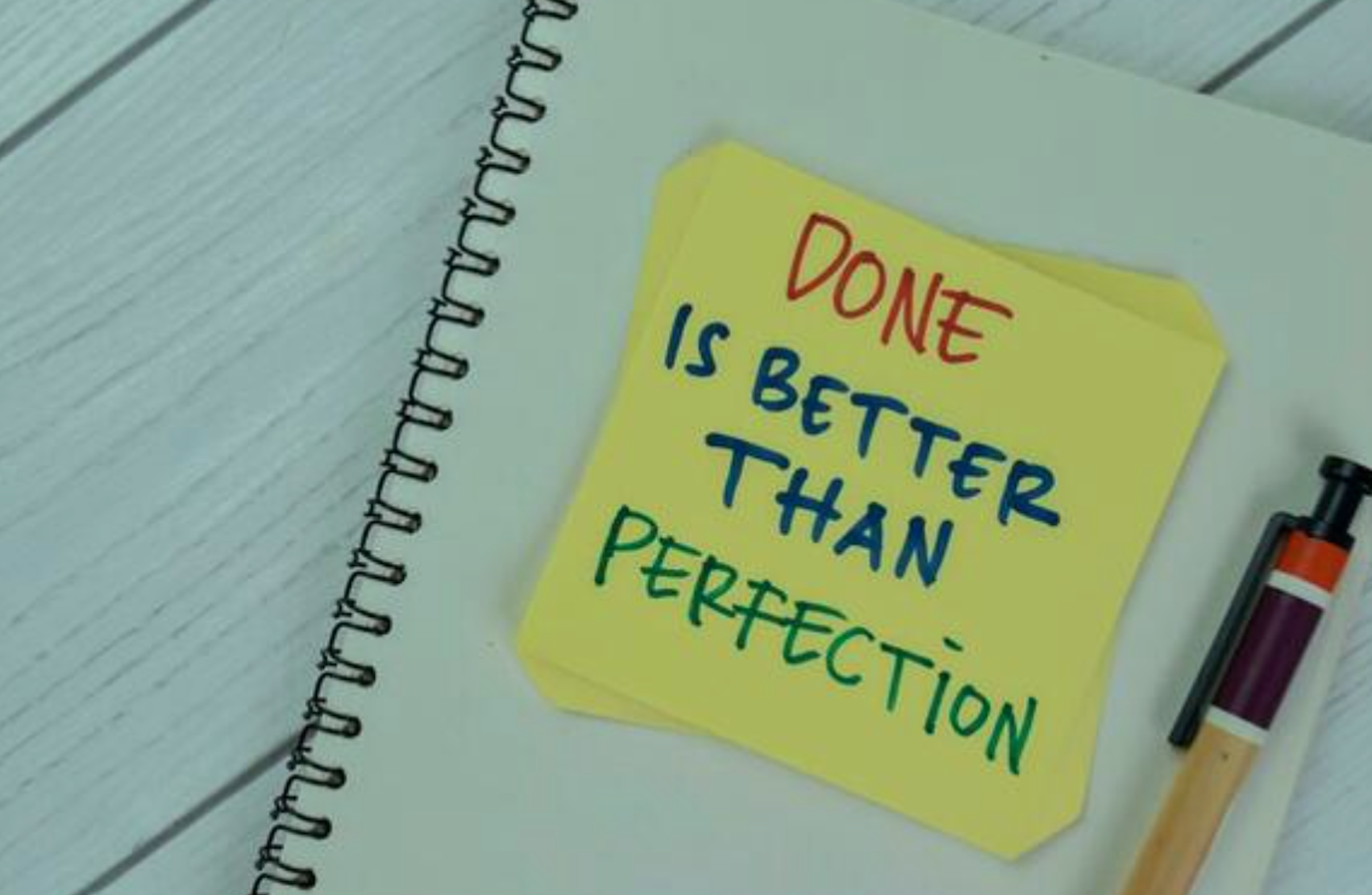Are you truly lonely – or simply alone?
What’s the difference, and how can we navigate that uncomfortable sense of isolation or even abandonment?
Being alone is a physical state.
Loneliness, however, is an inner experience – the quiet ache of not belonging, of feeling unseen or disconnected from the world around us.
Since Covid, loneliness has almost become a global epidemic. Prolonged separation from others has weakened our sense of community, belonging, and shared experiences. Even today, many people struggle to reconnect on an emotional level.
Yet, intentional solitude can be deeply nourishing. It can help regulate dopamine, foster clarity, and encourage self-reflection. But when solitude becomes prolonged or unintentional, it can slip into loneliness.
Use intentional solitude to your advantage
👍Time away from overstimulation helps restore attention and executive functioning. Even short periods of solitude – paired with meditation – can significantly boost focus and decision-making.
👍Strengthening your inner sense of self improves emotional regulation and reduces dependency on others, leading to healthier and more secure attachment patterns.
When solitude turns into loneliness
👍Accept the feeling. Try not to ask ‘Why me?’ or ‘What’s wrong with me?’ Emotional pain is part of being human – but suffering is optional.
👍Nourish yourself with beauty. Visit an exhibition, a museum, or a concert. Let your attention shift effortlessly without needing to speak.
👍Journal your thoughts. Write about how you feel right now. Then reflect on your life – your experiences, your adventures. Often, appreciation emerges through remembering.
👍Reconnect through service. If the loneliness persists, volunteer your time. Helping others is one of the fastest ways to restore a sense of purpose and belonging.
Have you felt lonely recently?
How did you cope?
If you need support – please click here: https://bouncebackwithina.com/contact/








